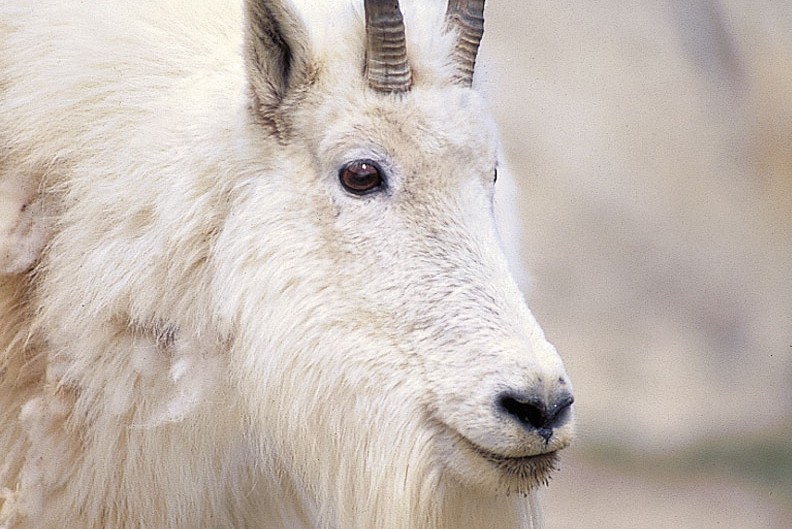A primer on hunting mountain goats by backpack in the Coast Mountains, B.C.
Advertisement
If you have the slightest fear of heights, I highly recommend you don’t take up hunting for mountain goats. I’ve always said that I can walk anywhere a sheep does, and so far I have. But I’ll tell you right now, there are plenty of places mountain goats walk that I wouldn’t dare tread. These alpine dwellers are the hands-down winner in North America for living in scary places—places hunters likely shouldn’t go, but do nonetheless.
Certainly, you can use horses to access areas where goats live, but to get right up among them, you need to wear out some boot leather. That means there’s no getting around the fact that you have to hunt mountain goats with a pack on your back. This is especially so if you’re headed for the glacier-packed Coast Mountains in northern B.C.—specifically, north from Stewart to Atlin.
Advertisement
B.C.’s Coast Range is one of the roughest places I’ve ever seen. Jagged rock ridges, sharp spires and dangerous precipices surround expansive glaciers, themselves minefields of deadly crevasses. The slightest slip, especially with a heavy pack on your back, can mean death. This is not terrain to be taken lightly. The Coast Mountains are notorious for bad weather, too, with more than 250 days of measurable precipitation a year. Chances to glass the high peaks for goats are rare, and breaks in the weather typically provide only brief glimpses. If a goat is spotted, the weather often socks in long before you can reach it, thwarting the stalk. And count on the rain making the terrain extra treacherous.
If you thought you had to live lean on a Stone’s sheep hunt, count on paring down your pack by another 10 to 15 pounds for goats. The game plan here is to bring only enough clothing to keep you warm and dry (meaning, fresh underwear is something you won’t see until you get back to the main camp), and enough food to barely survive a week (hot food from a foil pouch will be a luxury, indeed). As for your accommodations, expect little more than a tarp.
Special challenge
Advertisement
Dangerous mountain terrain—The slightest slip, especially with a heavy pack on your back, can mean death.
Essentials
Typically, mountain goats aren’t that hard to spot, as their white coats contrast sharply with the snow-free terrain of their summer home. And even if there is snow on the ground, goat tracks are fairly easy to see—and fresh tracks mean the animals are rarely far away. Still, at least one hunter in your group, likely the guide, should have a spotting scope. As with all mountain hunts, expect the unexpected when it comes to the weather; bring plenty of layers to deal with the wild fluctuations in temperature. And, of course, raingear is a must, as are sturdy, waterproof boots and gaiters. Goats can be tough to knock down, and I’ve seen them tumble hundreds of feet after being shot, breaking horns in the process. That means you’ll want to anchor them where they stand. I’d opt for a super-light rifle in one of the new .300 short magnum calibres. Of course, synthetic stocks and stainless-steel actions and barrels are a must in these rain-soaked mountains.
Learn more

